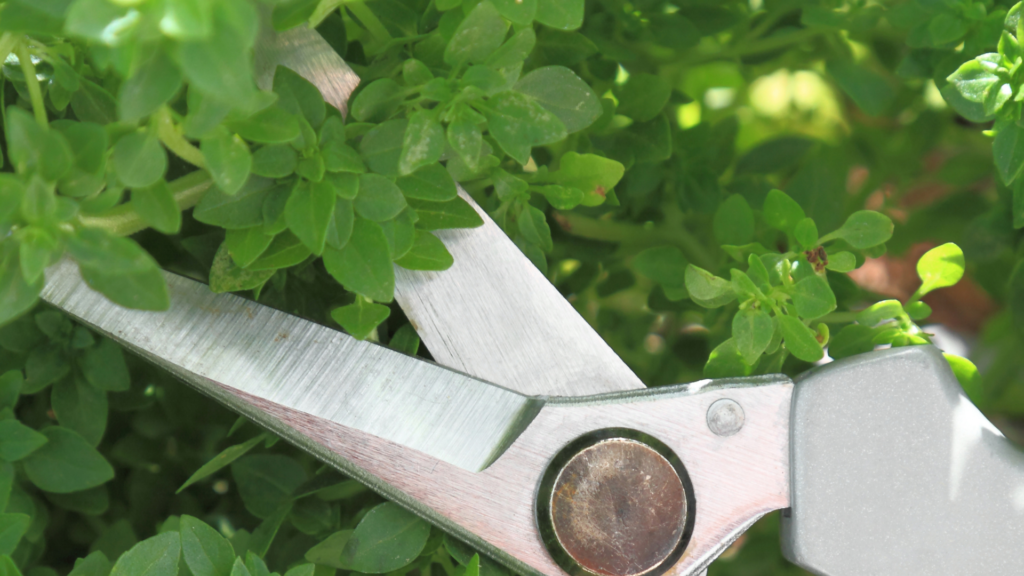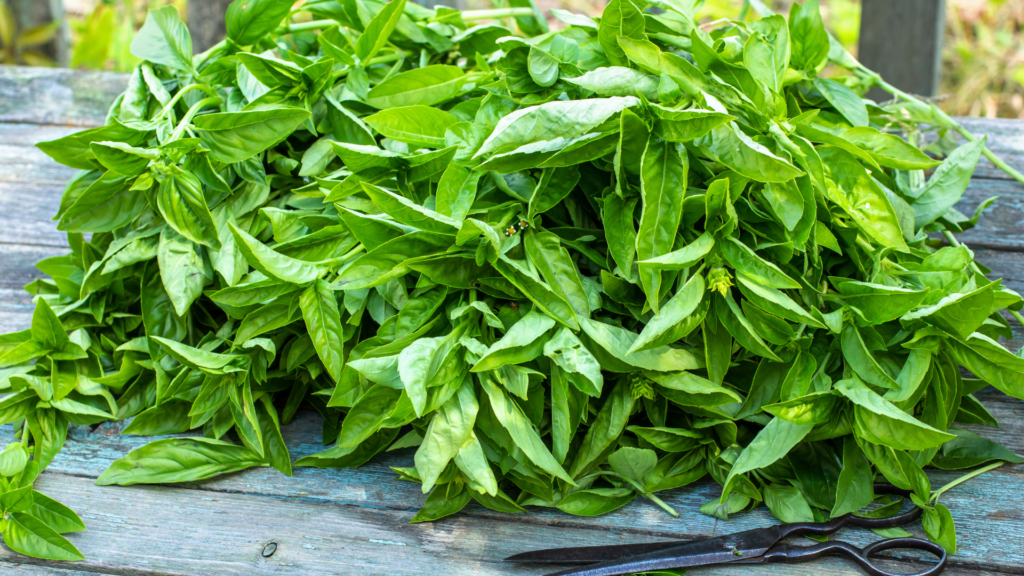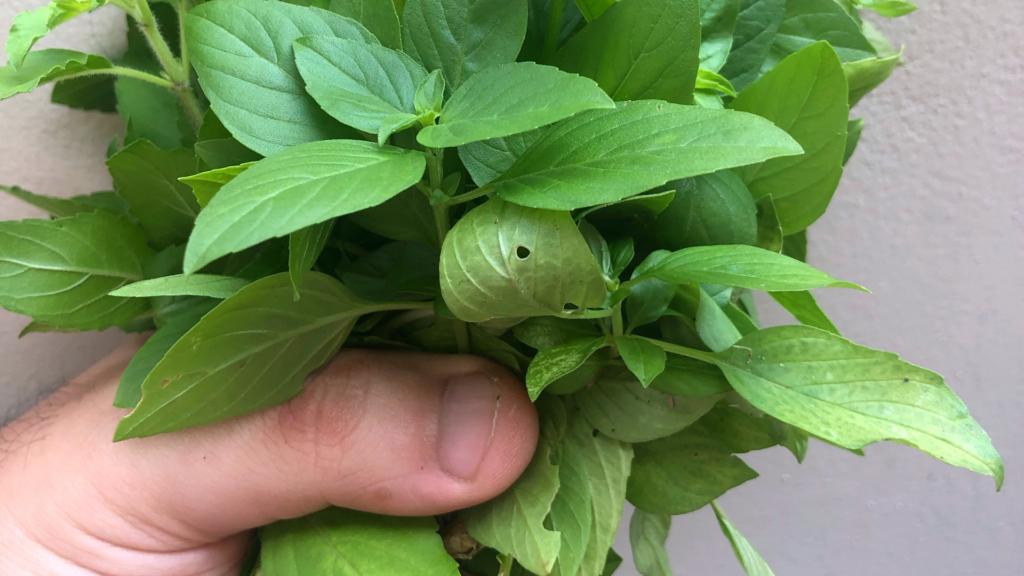If you are a starting gardener, it is important for you to know the principle of stem cuttings! This will be useful in propagating your herbs and some hard wood plants! This is a form of asexual propagation where it does not use seeds, instead, it makes use of the grown parts of the plants already.
Types of Stem Cuttings
Let us start by discussing the different types of stem cuttings. First off, we have hardwood cuttings. These are deciduous and narrow-leaved evergreens. They can be a mature wood, dormant wood and firm wood.
The next type of cuttings is the semi-hardwood cuttings, also known as green wood cuttings. These are woody, broad-leaved evergreen species. Another type is the softwood cuttings which are succulent, non-woody stems with leaves retained at the upper end.
Lastly, we have the herbaceous cuttings. I think this will be the most applicable for everyone since who does not want herbs in their own garden? Herbaceous cuttings are collected from the soft, succulent, new spring of growth of deciduous or evergreen species. You can perform this in propagating your herbs such as basil, thyme etc.
How to Select the Right Cuttings
Which part of the plant is the most appropriate to use as cuttings? The most preferred part of the plant to use as cuttings are those in the terminal stem section, which means, they are the least mature and are in the end of the stem section. This is necessary since most of the active plant cells are located in that area.

Now, is it better to cut those parts of the plant with flowers or those parts in which there is still no flower development? Flowering is such a complex process and may serve as a competing factor in the growth of your cuttings. Many gardeners remove the flower buds from cuttings to enhance, fasten and let the plant focus on the development of their roots.
Storage of Cutting Materials
Here are practical tips in stem cutting. It is better to collect the cuttings early in the morning. You need to mist the cuttings to reduce transpiration. Transpiration is a process where your plant is losing water—and we all know that water is very important in the development of plants. You must also find ways to minimize the presence of pathogens that can be obtained from soil because they affect translocation of water and nutrients in the cuttings.

Wounding
Wounding can come in many forms. The most simple is the stripping of leaves in the cuttings. The lesser the leaves, the longer the cuttings will last. This is because the leaves promote transpiration, making the plants lose water faster, thus lessening the water supply in the cuttings.

We also have light wounding wherein you will just perform one to four cuts down each side of the cuttings through the bark of the wood. Heavy wounding can also be performed wherein you will remove a thin slice of bark from the base on two side of the cutting.
Why is this necessary? Wounded tissues are stimulated into cell division thus, there will be a faster root development. Wounding also permits the penetration of growth regulators and chemicals that you can apply in your cuttings. This will be discussed in the next section.
Treatment of Stem Cuttings
Before we go to the chemical aspect on how to treat your cuttings, let us first dive through the physical methods you can do to ensure their success.First, it will be better to place your cuttings in a dark environment. The dark condition hinders the metabolic activity, thus the cuttings can focus in growing their roots.
When preparing your propagation medium, you can consider using organic components or course mineral components. An example of organic component is coco peat while perlite, vermiculite, expanded shale, pumice, coarse sand or grit, polystyrene and rock wool are examples of course mineral components. Choose which is most available in your area, or in online shops!
The usage of rooting compounds is also advised, but is not mandatory. The most popular and effective rooting compounds are IAA or IBA, which are auxins. They are also known as rooting hormones. IAA and IBA promote cell division thus, the roots will develop faster. Aside from the rooting hormones, you can also use commercial preparations of talc, potassium salt formulations, isopropyl alcohol, ethanol, methanol, and polyethylene glycol.
How to Apply Rooting Compounds
1. Soaking method. In this method, you need to dilute the solution. You can use 20 to 200 parts per million (ppm) solutions. So this is 1 mL for every 5 liters of water. Cuttings will be soaked for about 24 hours.
2. Quick dip. This is a concentrated solution dip where 500 to 10,000 ppm solutions are used with water or 50% isopropyl alcohol. The basal tip of the cuttings which is 1 cm from the bottom will be dipped for about 3 to 5 seconds or longer.
3. Foliar spray. Here, the rooting hormone, auxin will be applied as spray to the whole cutting, or in the cutting base.
4. Immersing the whole cutting. Here, the entire cuttings are immersed into the concentrated solution dip.
Setting Up Your Cuttings
After the cutting treatments that you can do, prepare the propagation medium which can be any of the following: coco peat, perlite, vermiculite, expanded shale, pumice, coarse sand or grit, polystyrene and rock wool. You just need to let the cuttings stand in the growing medium of your choice, and water it daily or when necessary.

Cutting Nutrition
We need to take note that most of the cuttings contain sufficient nutrients to allow rooting, however intermittent misting can deplete the nutrients. Thus we still need to ensure the availability of nutrients for our cuttings, since until a cutting does not have roots, its ability to absorb nutrients is still limited.
Some gardeners do this by spraying nutrients. But, over spraying can result to algae formation in the cuttings, thereby reduces light, creates sanitation problems and also aeration problems. Thus, it is more preferred to practice a slow release of fertilizer. You can broadcast the fertilizers in the top of the propagation medium. Or, you can incorporate in the propagation medium initially.
Environmental Conditions
It is advised to maintain humidity as high as possible when you are rooting leafy cuttings. Also, adequate drainage must be available to allow the excess water be drained and to ensure the sufficiency of oxygen in the root zone.

Sanitation Tips
Always make sure that your area is clean and free of pests. Common pests that can affect your cuttings are mites, aphids and mealy bugs. These can be controlled through application of insecticides.
I hope that this guide equipped you with sufficient information to consider in practicing stem cuttings. Enjoy your growing journey!
If you are looking to start your garden, check out the links in the description for our recommended books and audiobooks.
Don’t forget to download the free ebook too.
Backyard Gardening Book (paperback)
Backyard Gardening Book (audiobook)
Urban Gardening Book (paperback)
Urban Gardening Book (audiobook)

